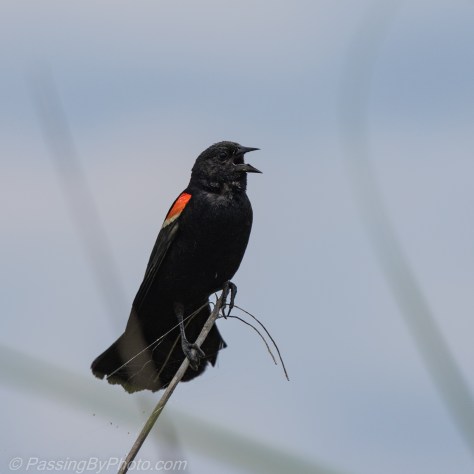Most of the local birds had never seen snow. The birds have to work extra hard to keep fed now that the ground is covered and this Bluebird was having a tough time of it.

The snow had fallen off the limbs leaving these seeds exposed, which was a good start.

The chosen seed, however, just wouldn’t let go of its branch.

Sproing…and the seed was right back where it started. After a couple more tries the bird won.

Ted and I thought we left the snow and cold in New England. Not so. Yesterday was the third snowiest day on record in Charleston, SC with just over 5 inches measured at the airport. We had closer to 6 inches at our house. Not much melted today and we are still being asked to stay at home by the authorities who are stretched to their limit. The really bad part is the cold, with prolonged temps below 20 F (-6 C) we are at risk for frozen pipes as our houses just weren’t built for this.
I suspect that the Bluebirds don’t like it either, but they are a day brightener!
Click on any photo for larger view.



































